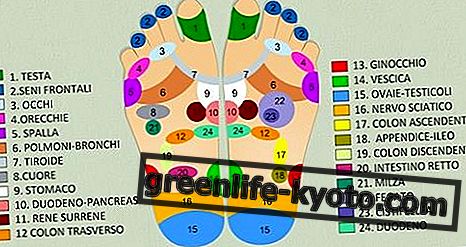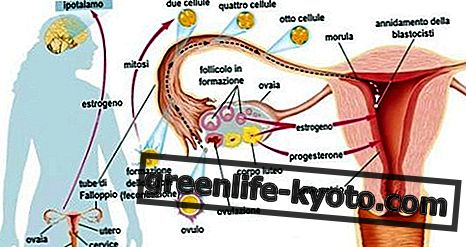
According to a survey conducted by us in 2015 on 1000 women aged between 18 and 60, it was found that only 1 in 2 women can define exactly what the pelvic floor is.
More precisely, about 1/3 does not really know what it is and 1/5 knows it but does not know how to give a correct definition .
Yet, half of them still suffer from urinary incontinence and as much as 35% - a very high percentage - suffer from it despite never having children, a condition that inevitably alters the tone of the pelvic muscles that support the bladder.
Yes, because the pelvic floor or "diaphragm" is just that : a set of muscles, bands and tendons in the shape of a hammock that supports everything on it: the uterus, the bladder, the rectum and the vagina.
What happens if the pelvic floor is not tonic
A lack of firmness alters the functioning of these organs, causing, depending on the case, urinary or stress incontinence, dyspareunia (vaginal pain during intercourse), haemorrhoids, rectal relaxation, pain during intercourse or difficulty in reaching orgasm.
Since "the lack of knowledge on the part of women of their own body jeopardizes the availability of preventive information or in case of need", says Dr. Federica Grassi of San Raffaele Hospital in Milan, the first step to prevent prolapse of the pelvic floor and only at last - eventually - rehabilitating it is to know it and re-recognize it, right positions in the hand .
Also read Ayurveda to support pregnancy >>
How to recognize pelvic muscles
Are the pelvic floor and perineum the same thing? Yes, although more precisely the perineum is the whole area that connects the anus and the vagina and that we can feel by taking a chair and leaning on one leg while standing.
The perineum is that portion of tissue just below the buttock and he "hides" part of the pelvic muscles .
After having identified it, it is necessary to understand if and how much they are tonic : sit on the edge and imagine to inflate a balloon concentrating on the movement of the muscles of the lower abdomen.
If they contract and rise, it means that the firmness of your muscles is very good ; if they go down it is regular but it is still the case to resort to pelvic gymnastics; if instead a few drops of urine come out, we can speak of prolapse.
Nothing that cannot be dealt with immediately with a few more precautions . Starting from the vaginal balls, which combined with the Kegel exercises and the right positions, help both to perceive the muscles and to contract them correctly.
How to do Kegel exercises
The exercises theorized by the gynecologist Arnold Kegel in the 1940s are the easiest and most famous : it is simply a series of short-term voluntary contractions, a sort of "abdominal muscles of the pelvis", which take place in this way: imagine having to pee and tighten your muscles for 5 seconds; release for 10 seconds and recount again for another 5 for a total of 10 times, 3 times a day.
If you experience the first symptoms of urinary incontinence, keep your legs raised against your chest; if you suffer from hemorrhoids or fecal incontinence, leave your legs stretched and parallel; if instead you want to tone the vaginal muscles to get a more intense and perceived orgasm or to counteract vaginitis and dyspareunia, then keep them perpendicular to the body with the feet on the ground.
The exercises are always the same, but depending on the position the pelvic muscles involved change.
The basic techniques of pelvic rehabilitation
Even if we do not know and are not told, yoga and postural gymnastics already teach us, in fact, the most correct positions to strengthen our floor.
Between all the bridge and the cat :
Bridge : you need to lie supine with your legs together and perpendicular to your body and then lift and lower your pelvis 6 times;
Cat : get on all fours and repeat this exercise: inhale while arching your back and lower your belly, exhale when you restore the normal position and pull in your belly.
So, slowly, 10 consecutive times .
The lift technique
Always lay on your back with a pillow behind your back and imagine that there is an elevator inside your vagina.
Tighten your muscles - as if you were holding back urination - trying to make this imaginary lift rise upwards.
With each contraction, an extra plan.
Get to your maximum and then slowly bring it down, releasing your muscles. Repeat it every day for 5 minutes and after the first month you will get the first results.
In case of advanced prolapse - recognizable by a repeated and massive incontinence and the inability to hold and perceive anything inside the vagina - it is advisable to contact a specialist who can advise and follow you in a more suitable and structured rehabilitation program .
To know more:












